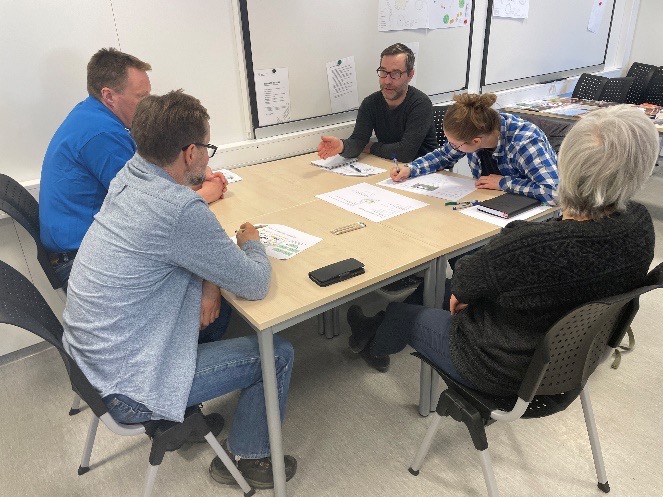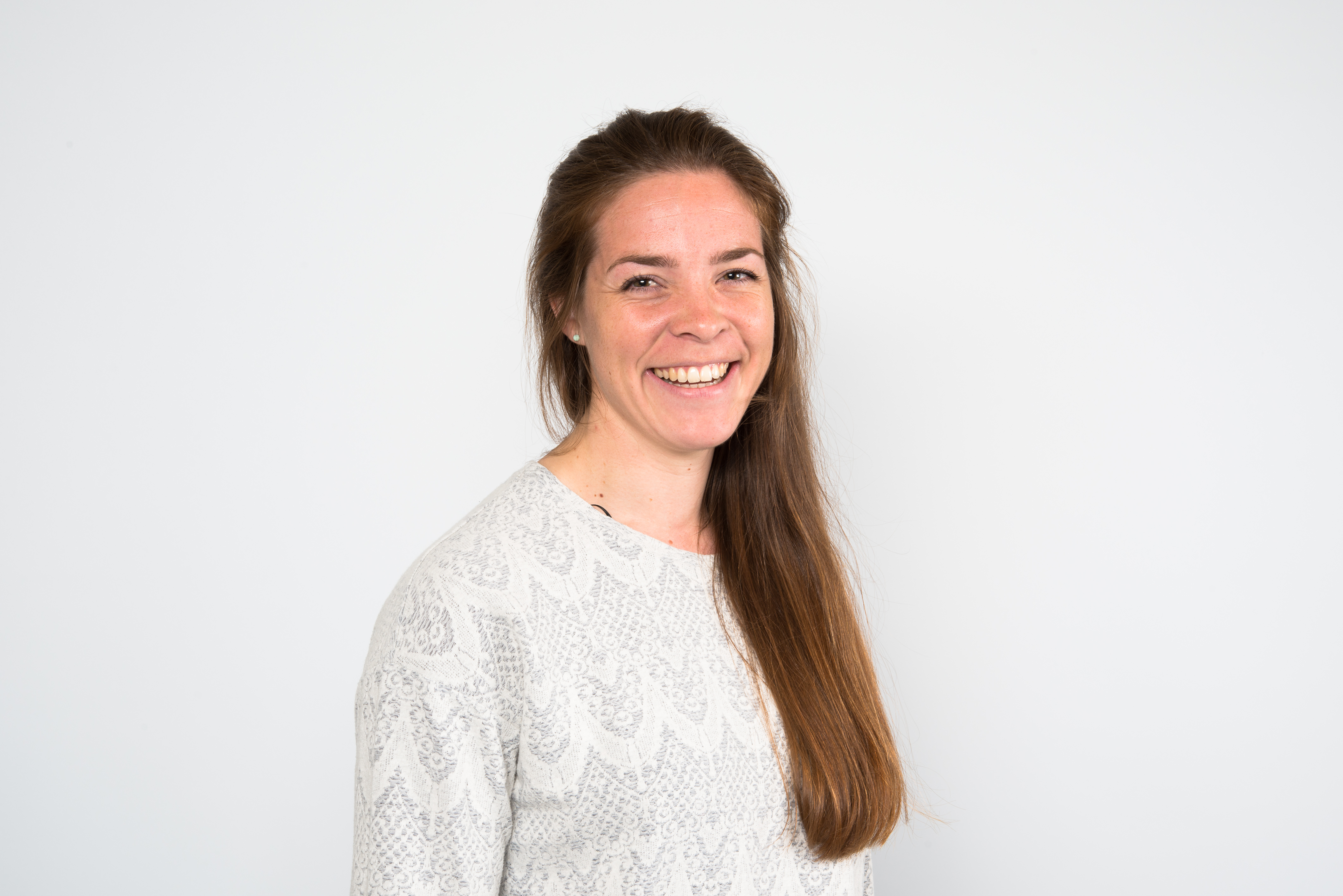Blogpost: PREPSOIL Soil Needs Workshop Mixed Agriculture (Trøndelag region, Norway)

Trøndelag county is situated in Mid-Norway, located at around 64° N (latitude). The cold climate therefore largely affect the agricultural production with a short growth season and small weather windows for tillage and harvest. Intensive land use and poor drainage represent typical soil pressures in Trøndelag, while less intensive agricultural methods (e.g. no-till, reduced tillage) and measures (e.g. cover crops) can be hard to establish due to the weather conditions. A large part of the cultivated land area in Trøndelag has been developed in marine deposits, and Stagnosol is the dominant WRB group.
Two workshops were arranged in Trøndelag March 27th and 28th in collaboration with the Green Competence Center that is situated in Trøndelag. The events took place at the agricultural high schools Mære and Skjetlein and aimed to identify soil needs and discuss what affects soil health in Trøndelag. In addition, the participants were asked to reflect on the driving forces leading to changes in soil quality, positive and negative pressures on the natural environment, changes in soil state, impacts of changes to soil state and what responses and measures could be implemented to ensure good soil health. The Green competence center was, in addition, aiming to take the first steps towards establishing a soil health living lab in Trøndelag (“Trøndelag’s living soil lab”), so this event represented the first steps towards that goal.
A total of 25 participants took part in the workshops; 15 at Skjetlein and 10 at Mære. Among the participants were both farmers and representatives from agricultural schools (Skjetlein high school, Mære high school (Green competence center) and Val nature high school), research institutes (Ruralis, NIBIO), the Norwegian extension service, the County Governor in Trøndelag, Frosta municipality and Biodrone (drone company).
Several workshop participants underpinned the importance of dissemination and distribution of information to increase politicians', consumers' and producers' knowledge about soil needs. They also highlighted that it is important to enable farmers to prioritize soil health without risking substantial financial losses. There are currently few incentives (grants etc.) for farmers in Trøndelag to commit to soil health measures and practices. The participants suggested that less intensive agricultural systems with higher species richness and crop rotations would be beneficial for soil health, but also more focus on the importance of carrying out maintenance on both owned and leased land (e.g. drainage). The latter in particular is currently often neglected in Trøndelag.
The participants’ visions for Trøndelag was that soils should be managed in a way that ensures good soil quality, and contribute to good yields, preparedness, and food supply. They wanted Trøndelag soils to be farmed in a good agronomic way with a diversity of crops in crop rotations, contributing to a species rich and functional soil biodiversity and increased carbon sequestration. They visioned Trøndelag agriculture to be innovative with good regional policy/regulations that would contribute to promote soil health and ensure good management of leased land.
The participants wanted farmers in Trøndelag to be known for being knowledgeable, pioners, proud of their profession and important contributors to improving soil health in the county. "Trøndersk" could become a quality stamp representing food that is produced “on the soil's terms”, and the participants wanted Trøndelag to become an important region for soil health both nationally and at the European level.
